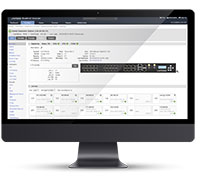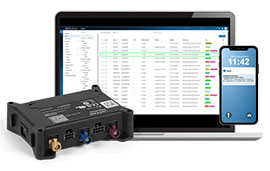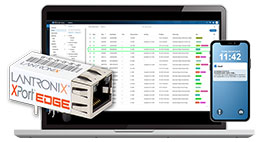
Adding Connectivity…
In February 2010, an Ericsson Executive predicted that in 20 years, 50 billion devices will be connected to networks. In a world of ‘only’ 7 billion people this may seem farfetched but adoption rates of network connectivity are accelerating. We see evidence of this not only in the commercial and industrial market segments but also in consumer products. For example, network connectivity is becoming more common place on televisions and video game systems. Thanks to the ubiquitous IEEE802.11 wireless standards, unlikely ‘networkers’ are blissfully connected, even great Aunt Thelma in Poughkeepsie!
With such a groundswell around Networking, what is the best approach for a manufacturer to add this important feature? It depends. There are many factors that go into selecting the right approach to adding connectivity. One of the first areas to explore is whether the expertise exists internally to design, develop, troubleshoot, certify, and support networking hardware and software. If not, is there a relationship with a company who does? Is it affordable? For example, a project to add IEEE802.11 wireless ability from scratch (component level) to a product being shipped worldwide can easily cost 500,000USD. What if you need multiple physical interfaces? For example, 802.11, cellular, and wired Ethernet; the costs multiply. And then appropriate staff has to be added or trained to take all of the inevitable support calls this technology generates (Aunt Thelma doesn’t know what an IP address is; who’s she going to call?). Another important decision metric is time to market. How long can you wait to add this functionality? Adding a year or more to a project to create a networking solution from scratch may be prohibitive. Depending on the ramp rate and volumes of the new product, millions of dollars could be lost and a competitive edge could be forfeited to another company.
Many have found that by implementing a turnkey networking solution, they can mitigate the costs and risks associated with doing it all themselves. Companies like Lantronix have been providing complete networking solutions for many years. The sensibility of this approach is underscored by the fact that just one product, the XPort, is designed into well over 2 million devices! All of the hardware and software, including a rich networking suite are included and ready to go. Some developers have added embedded networking to a prototype in just a few hours!












